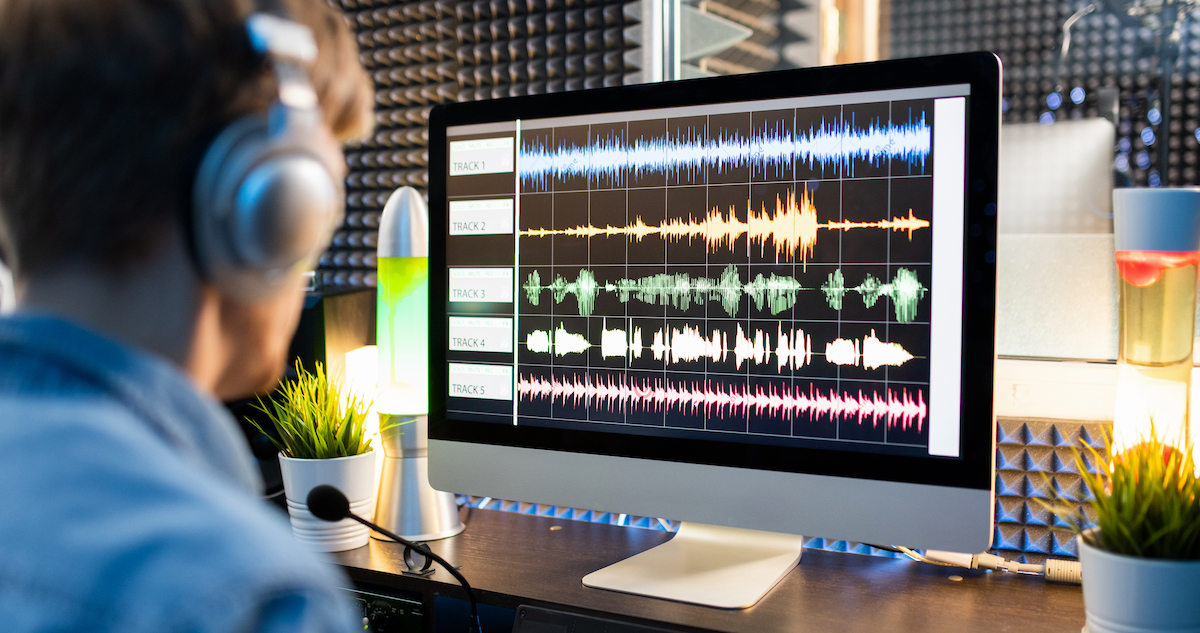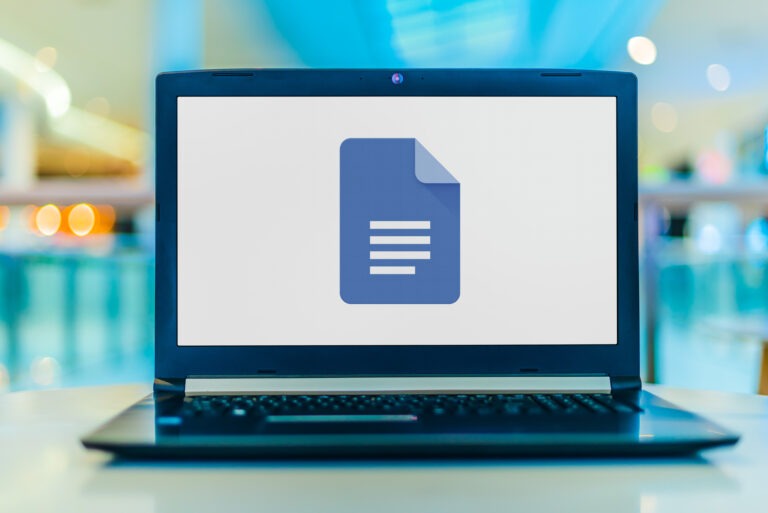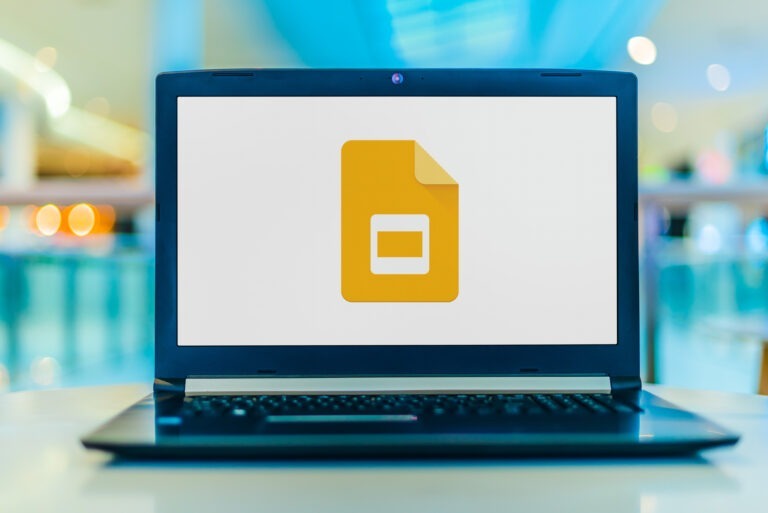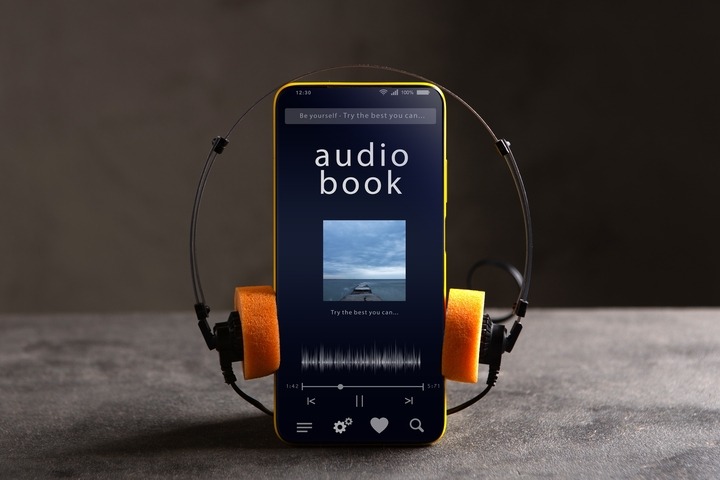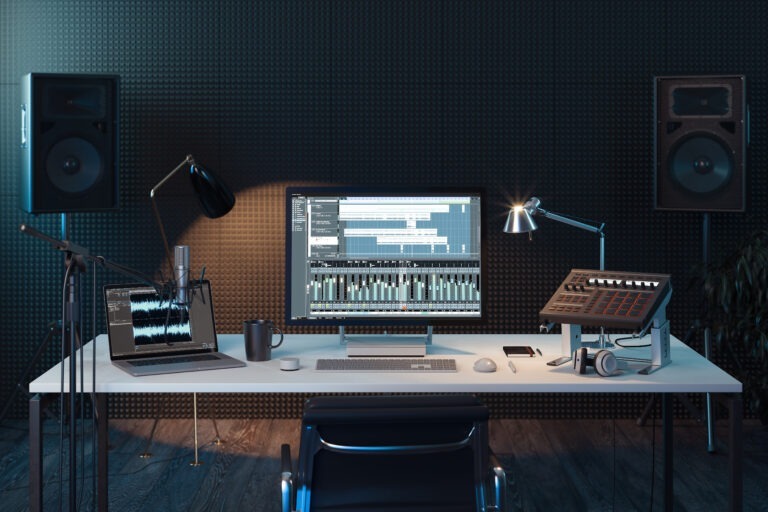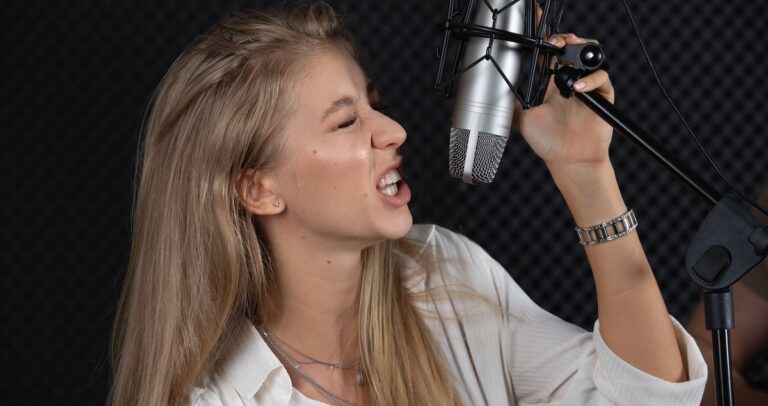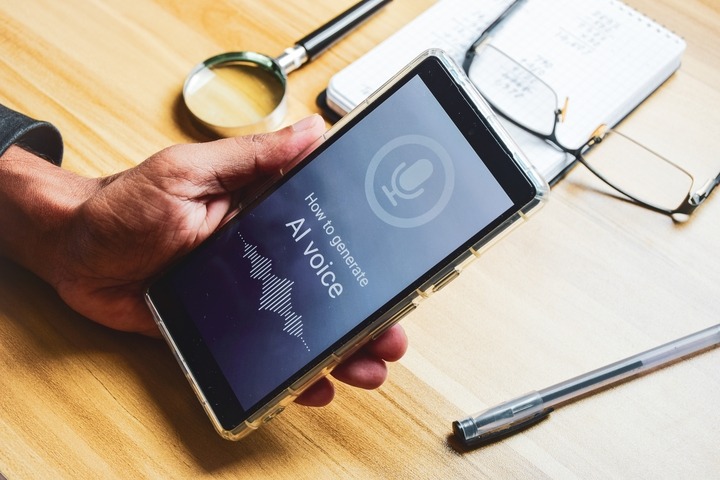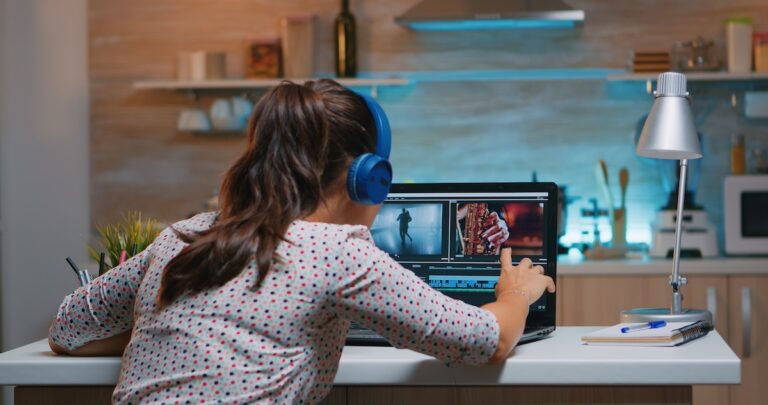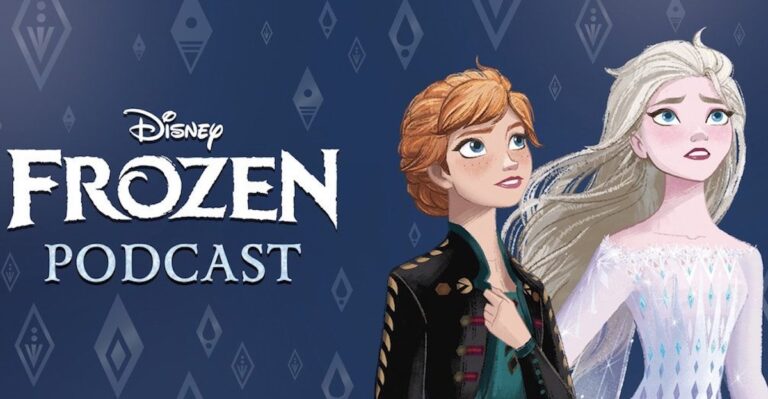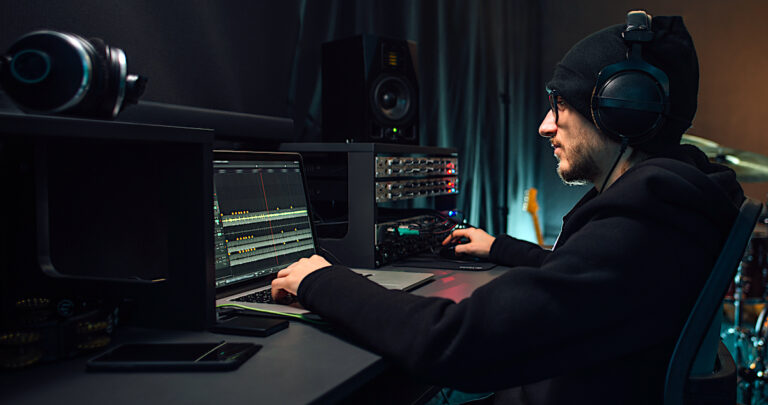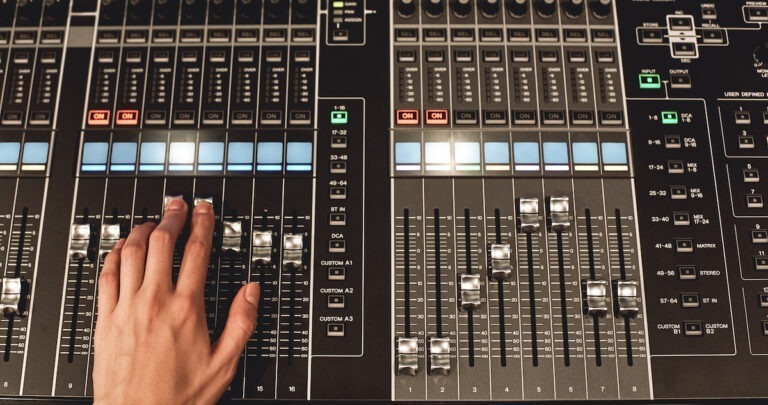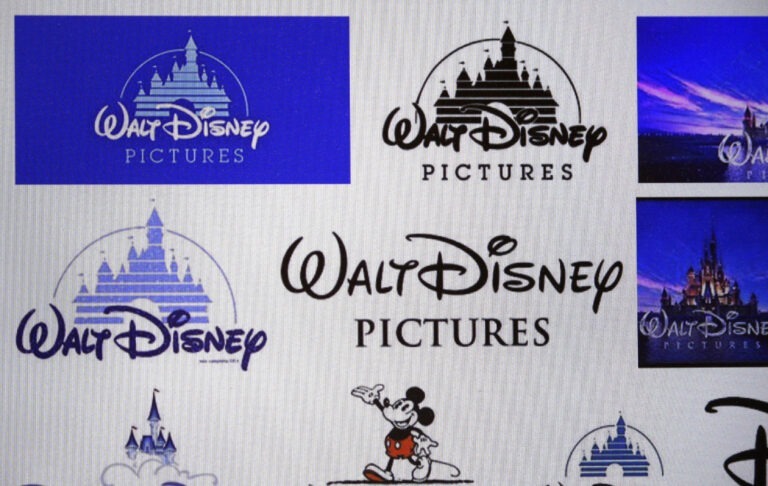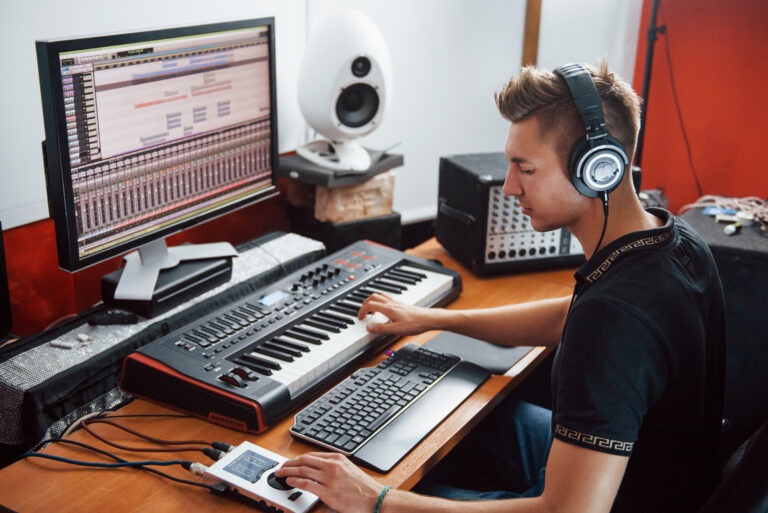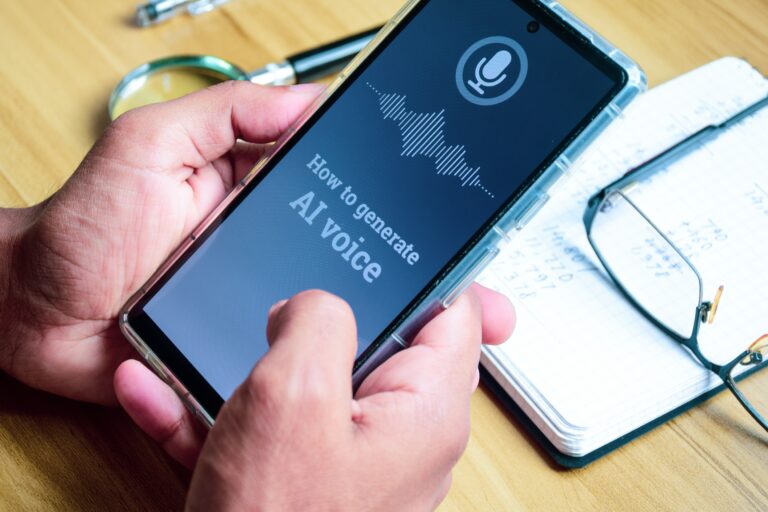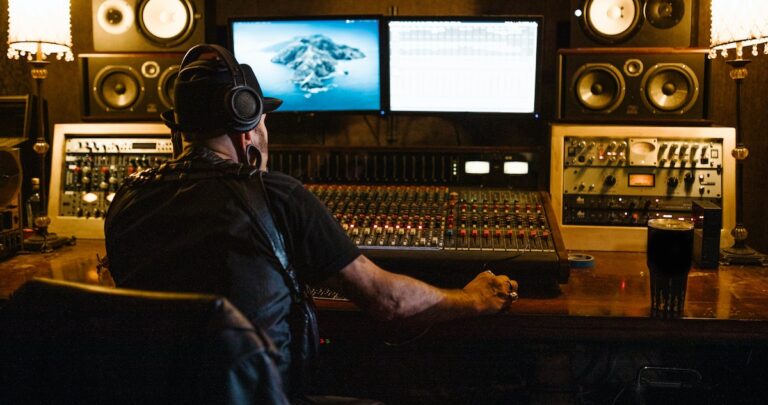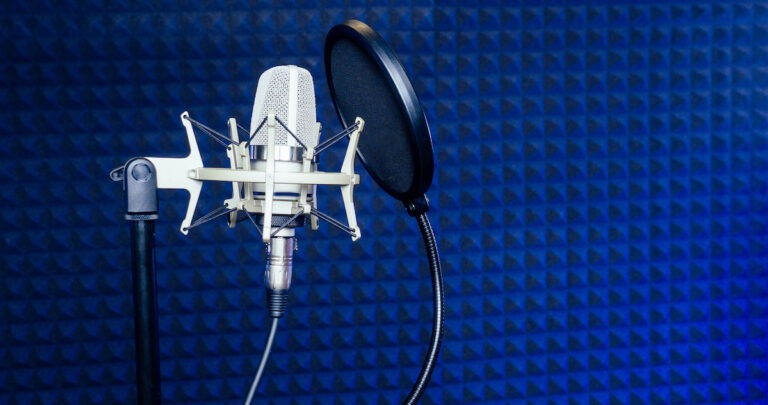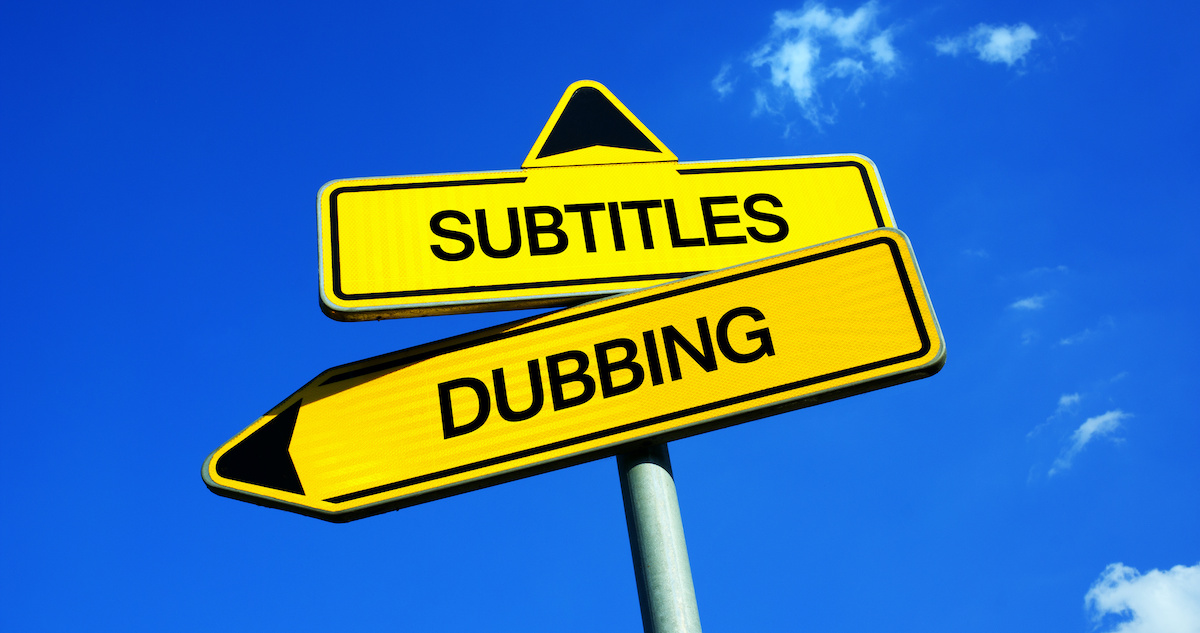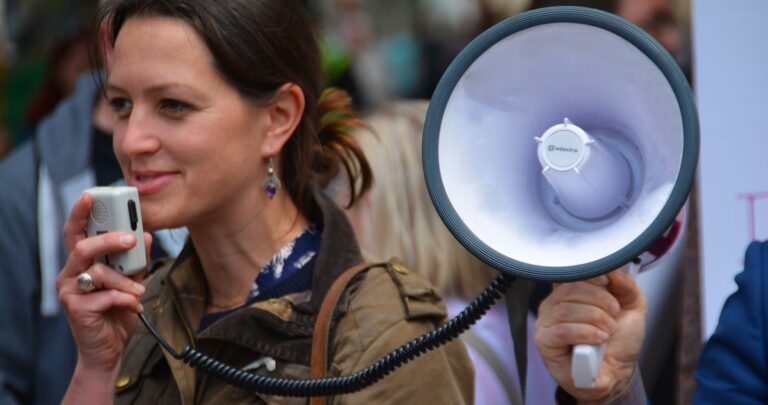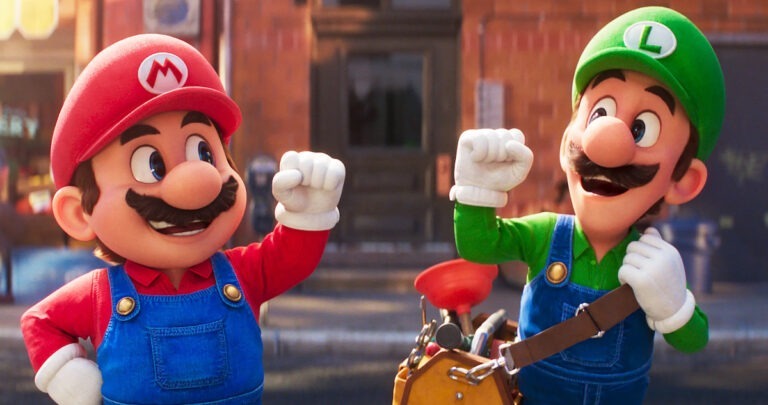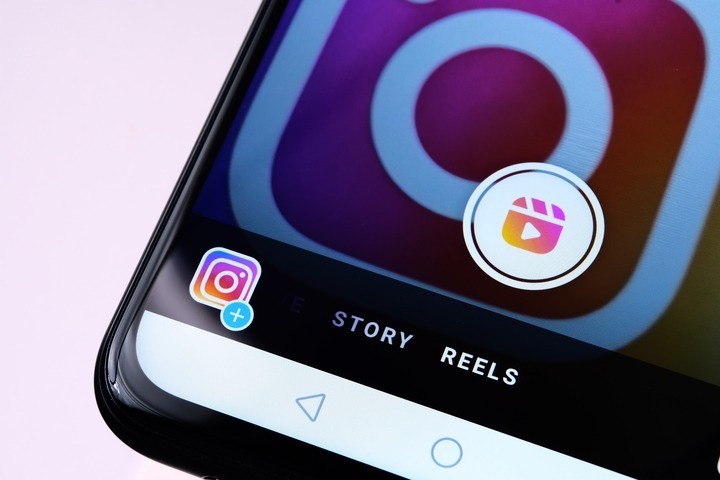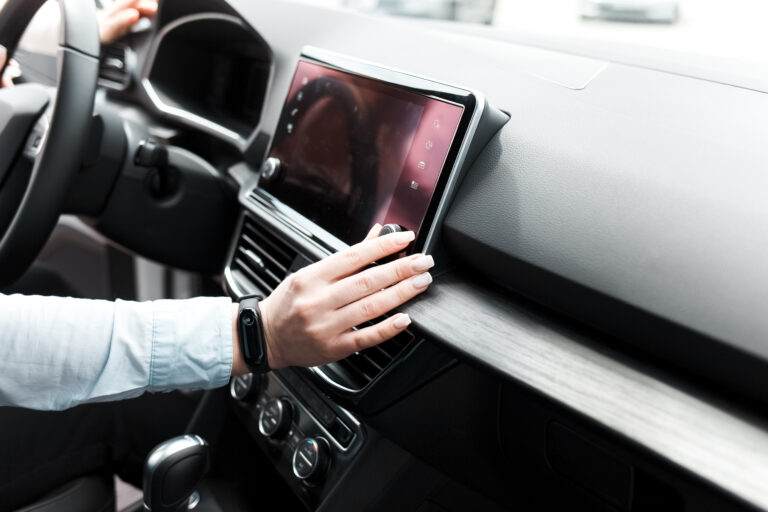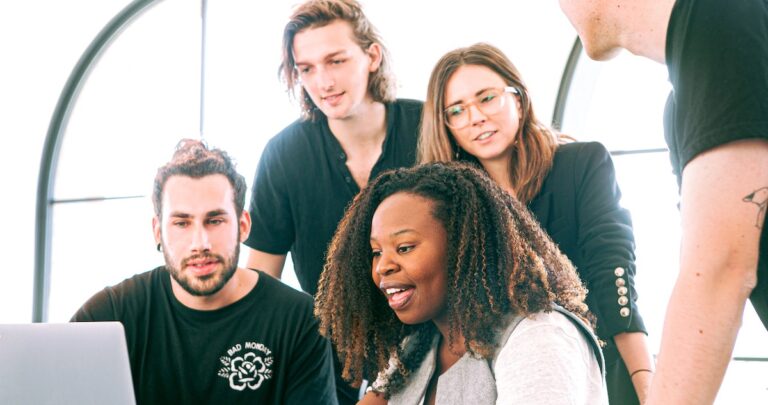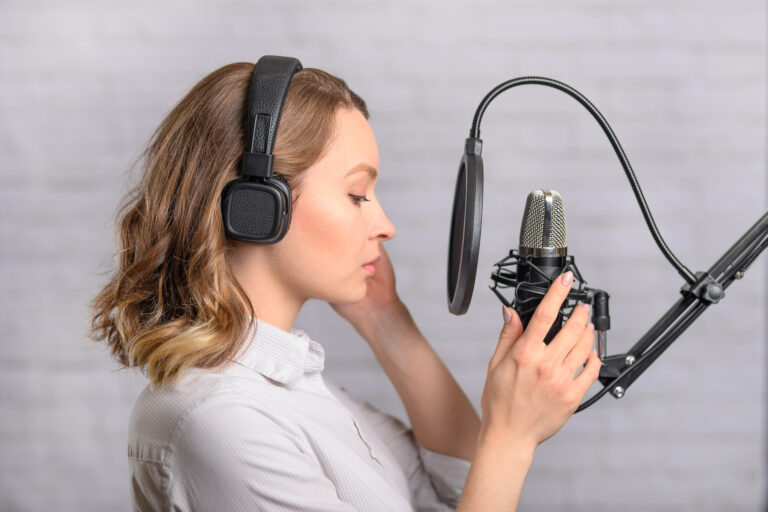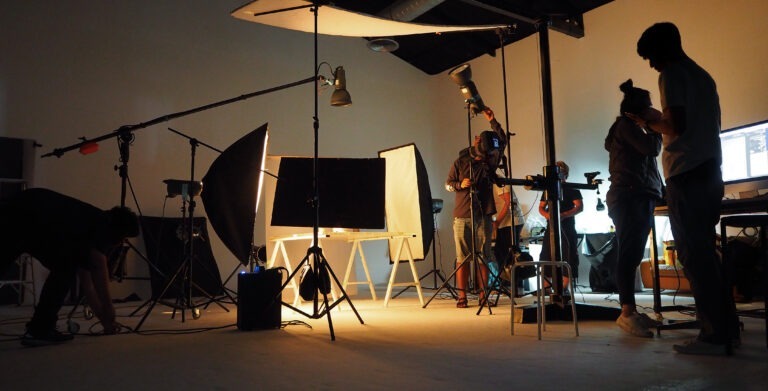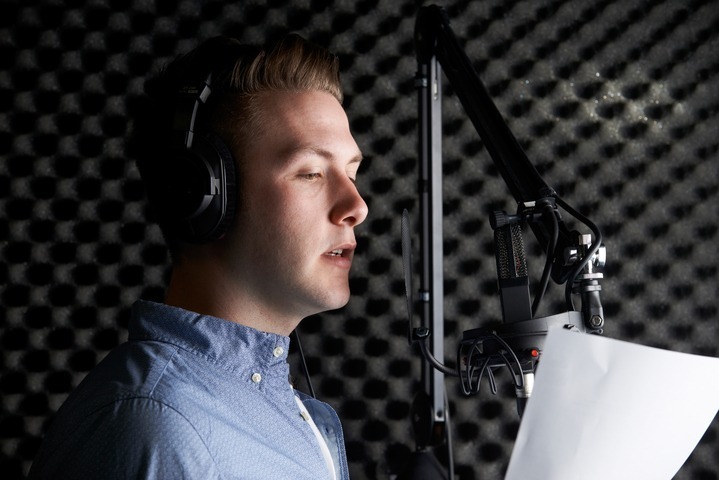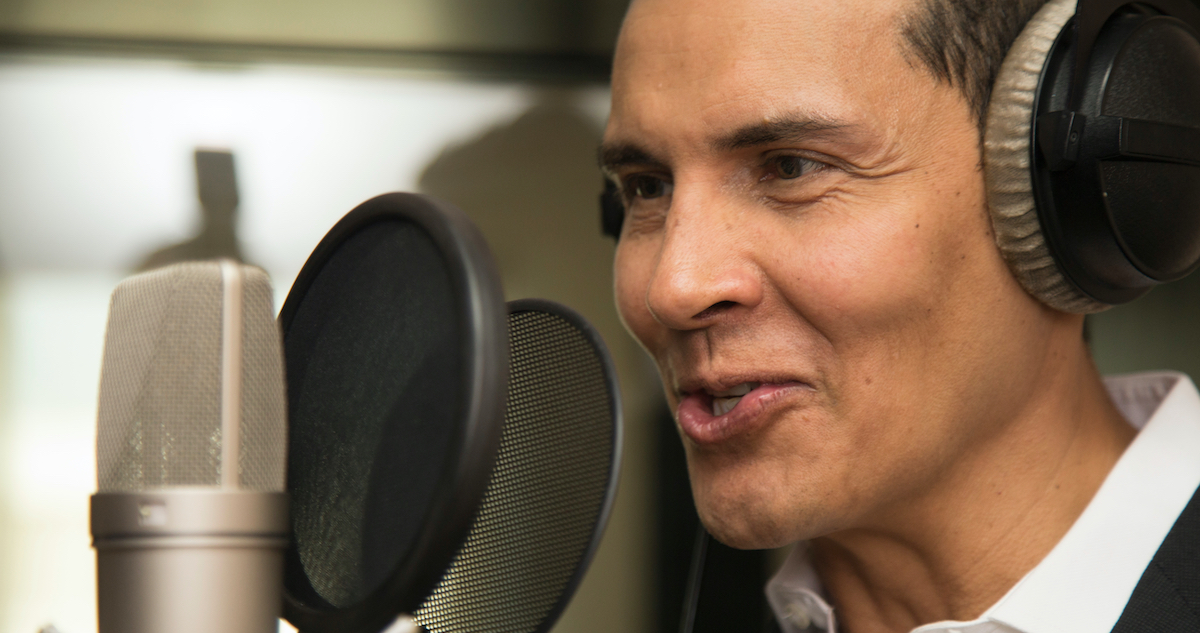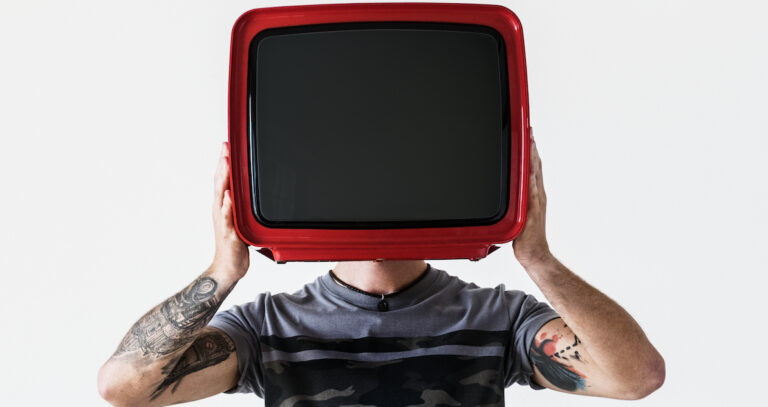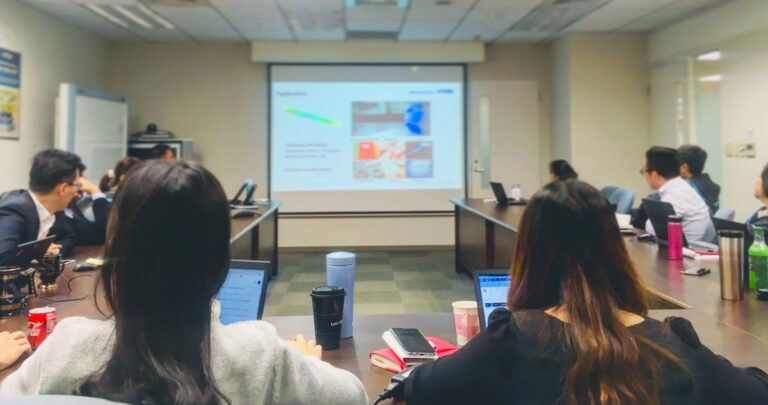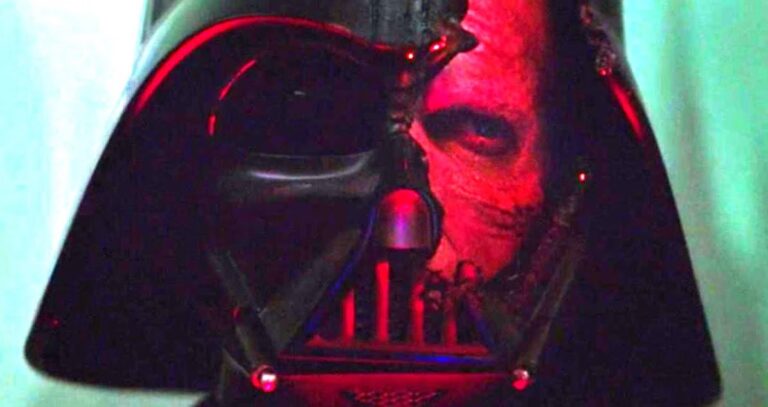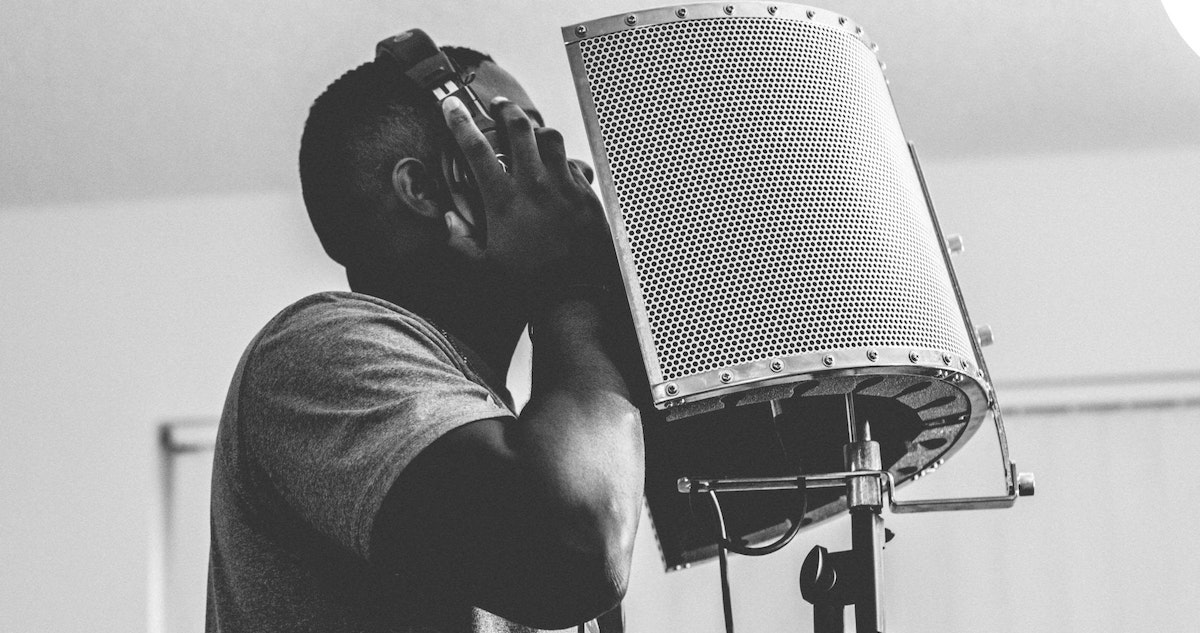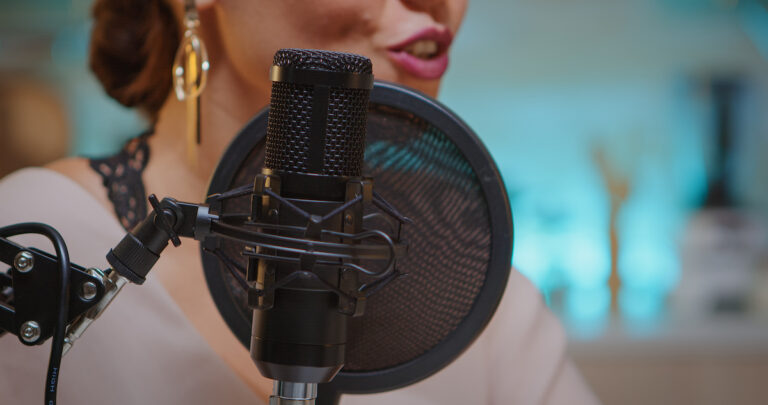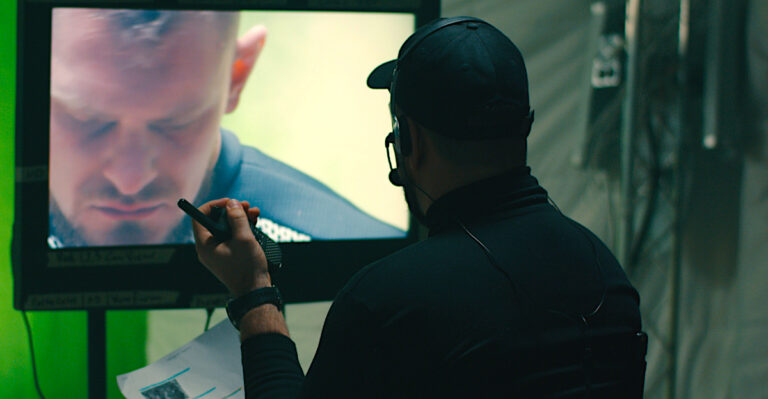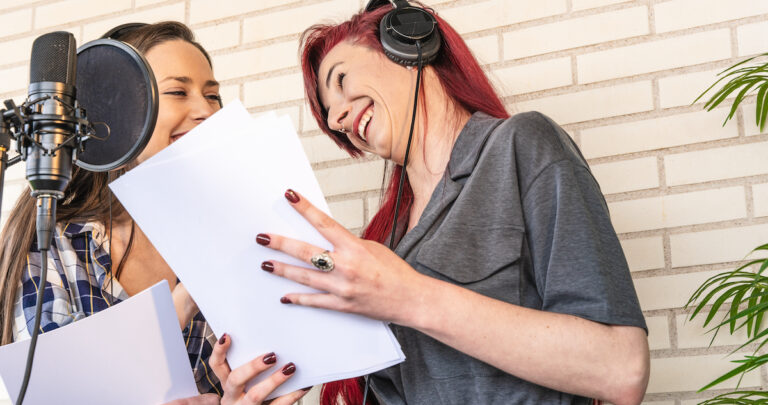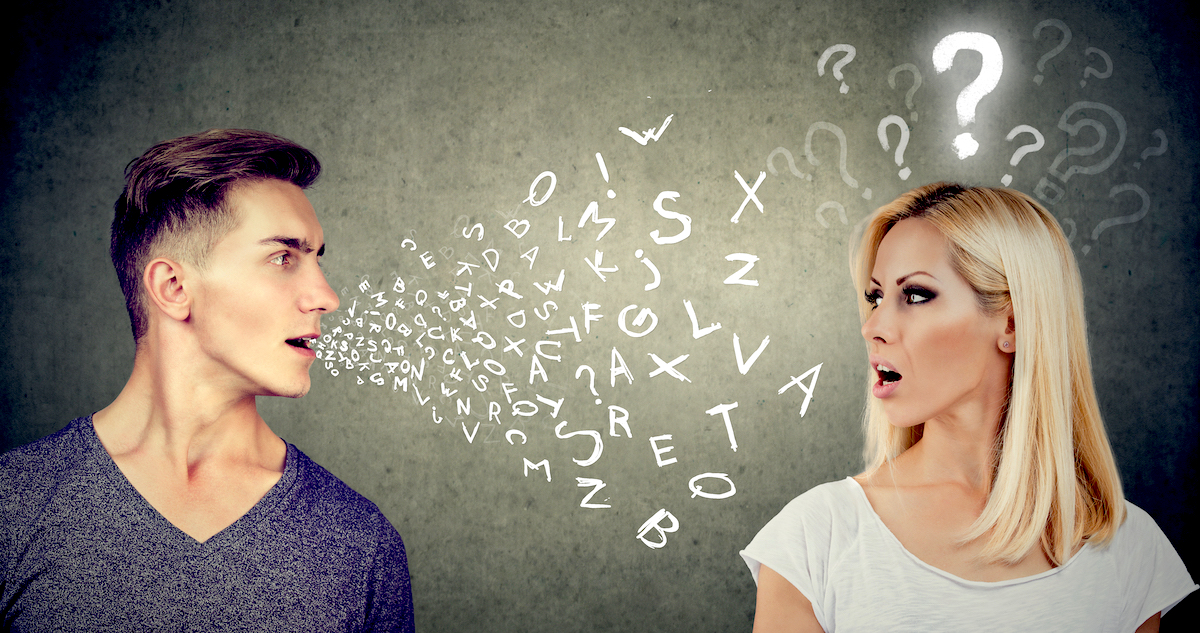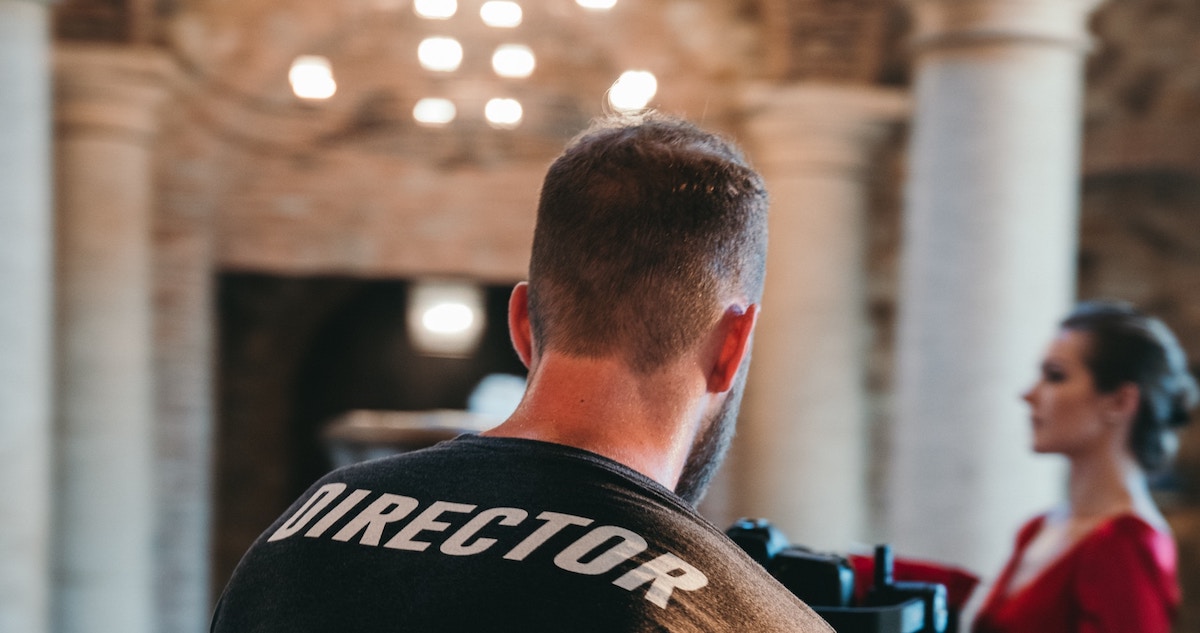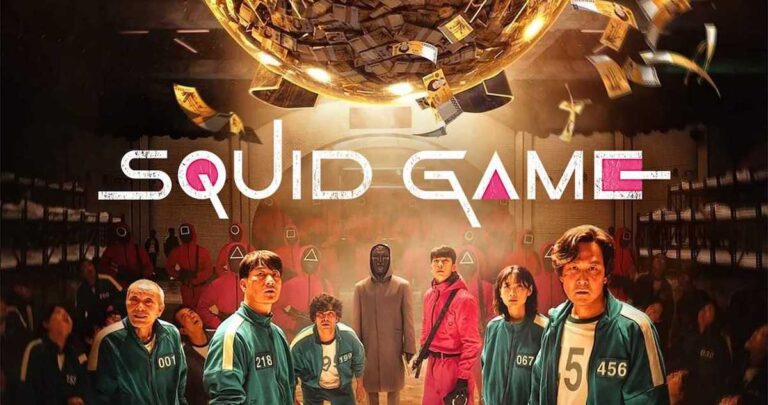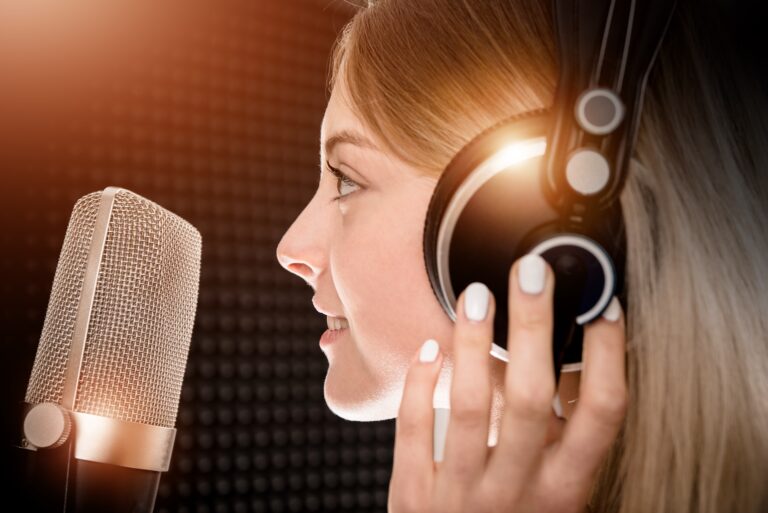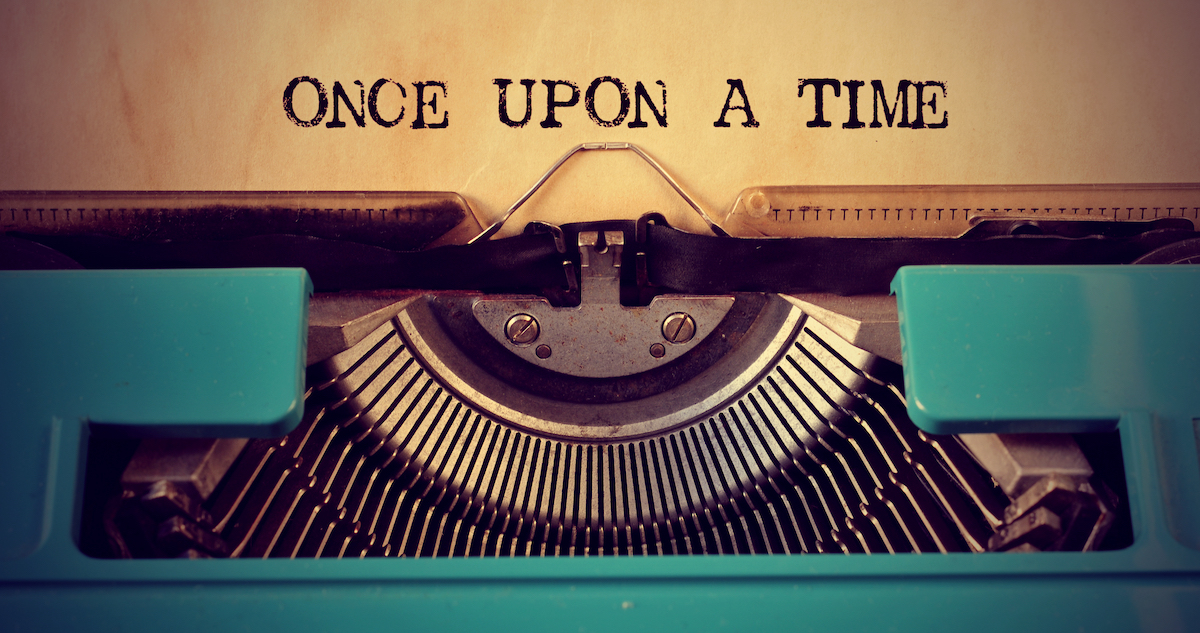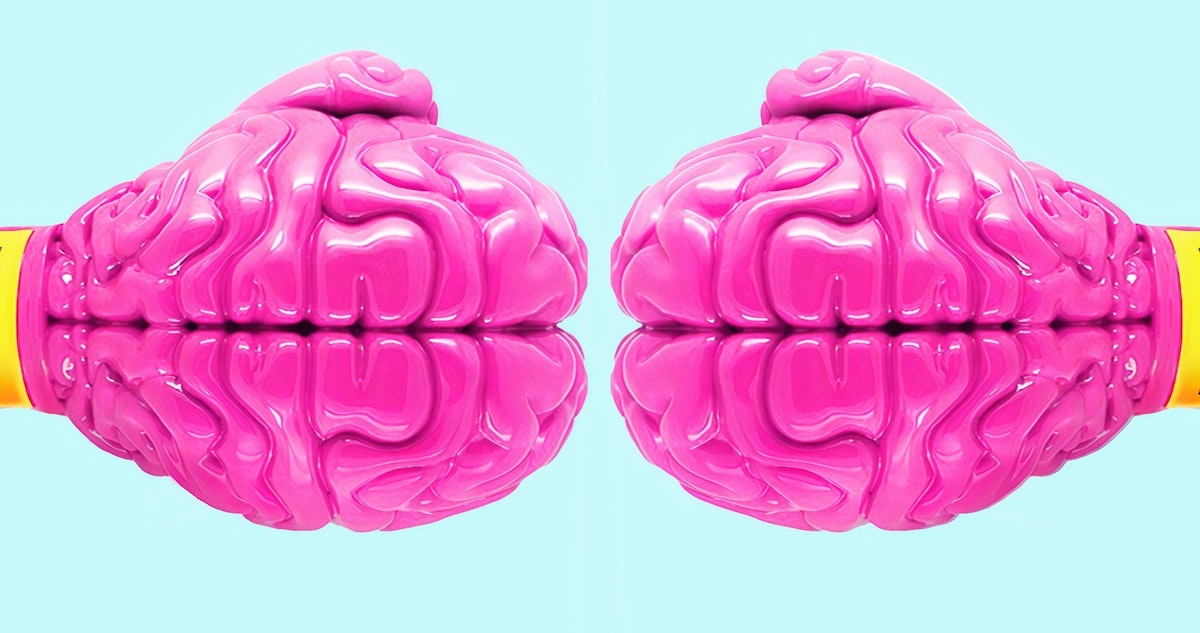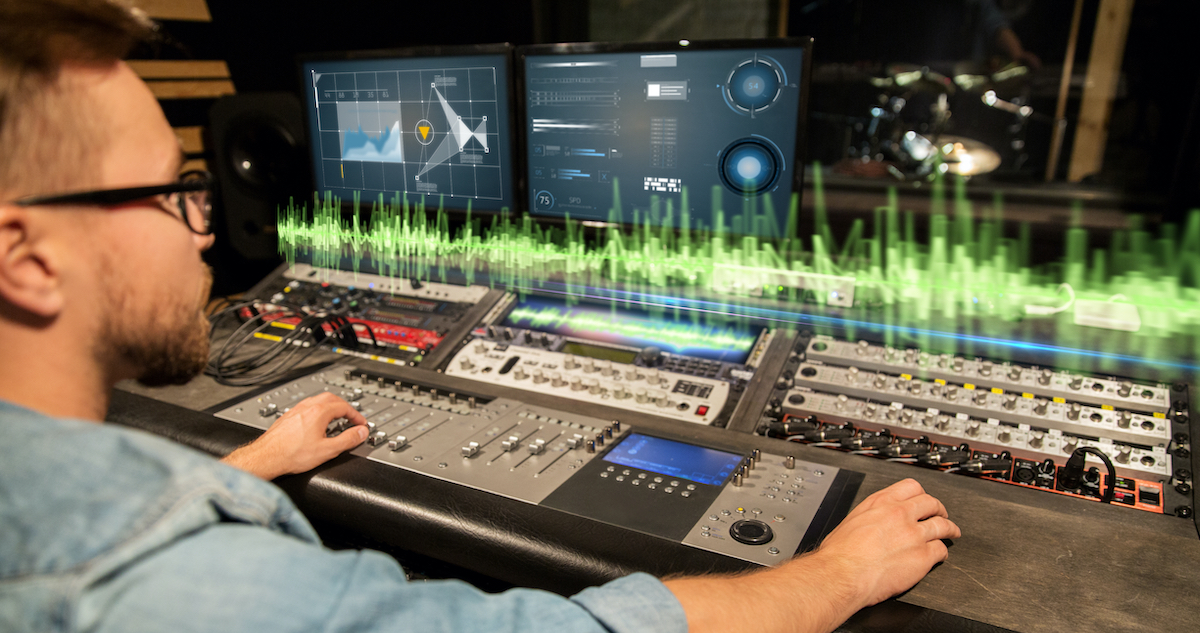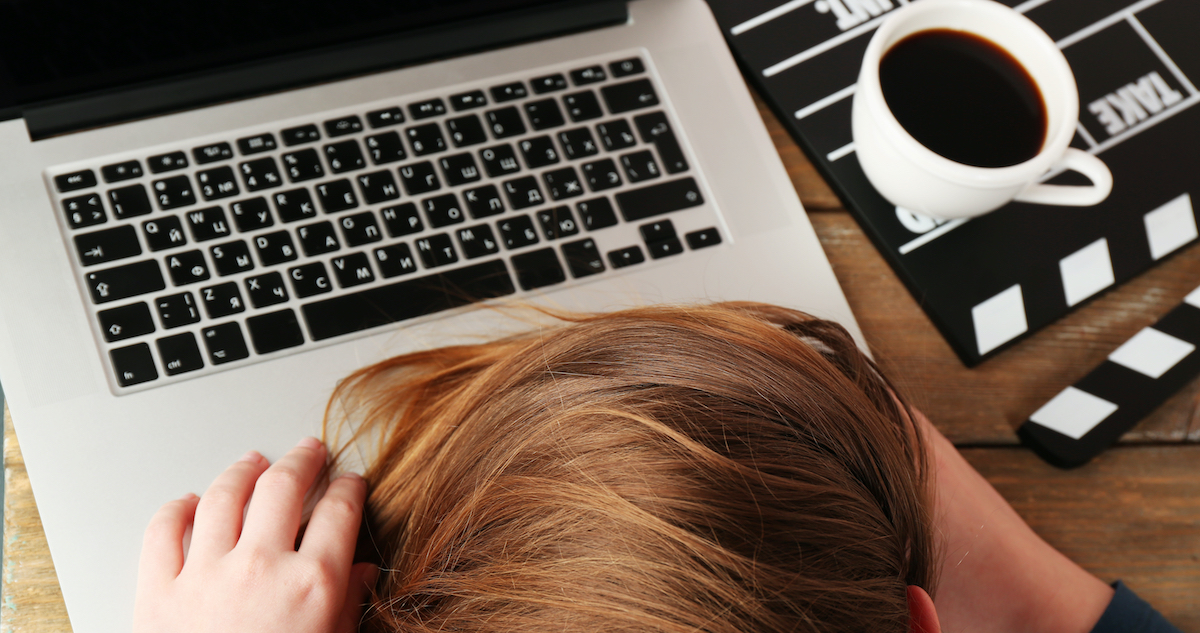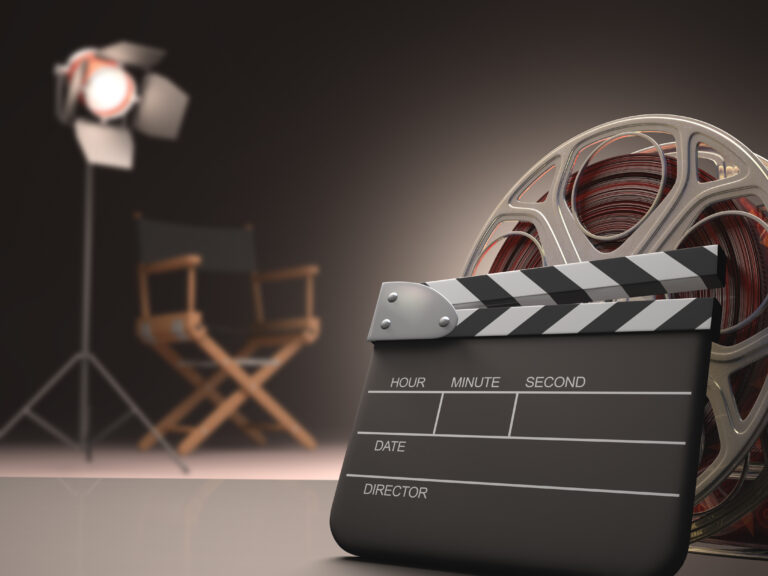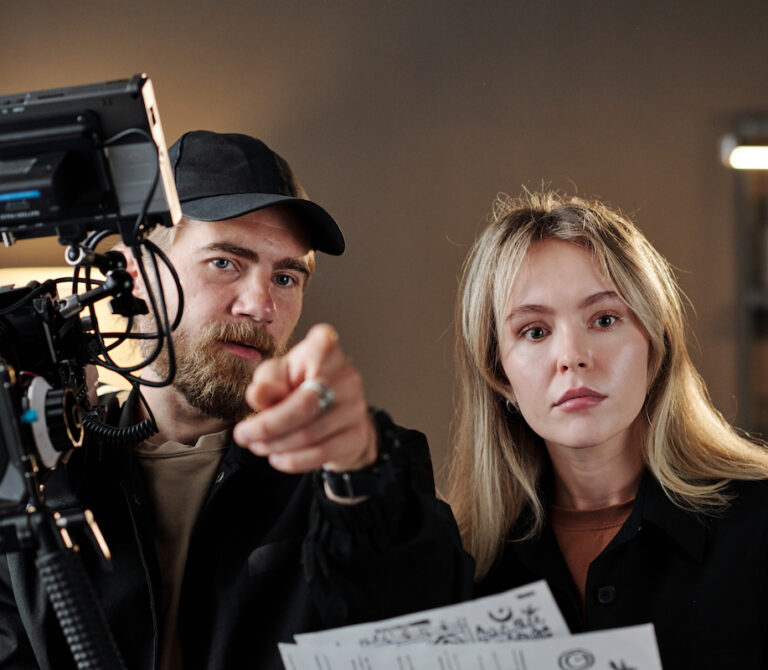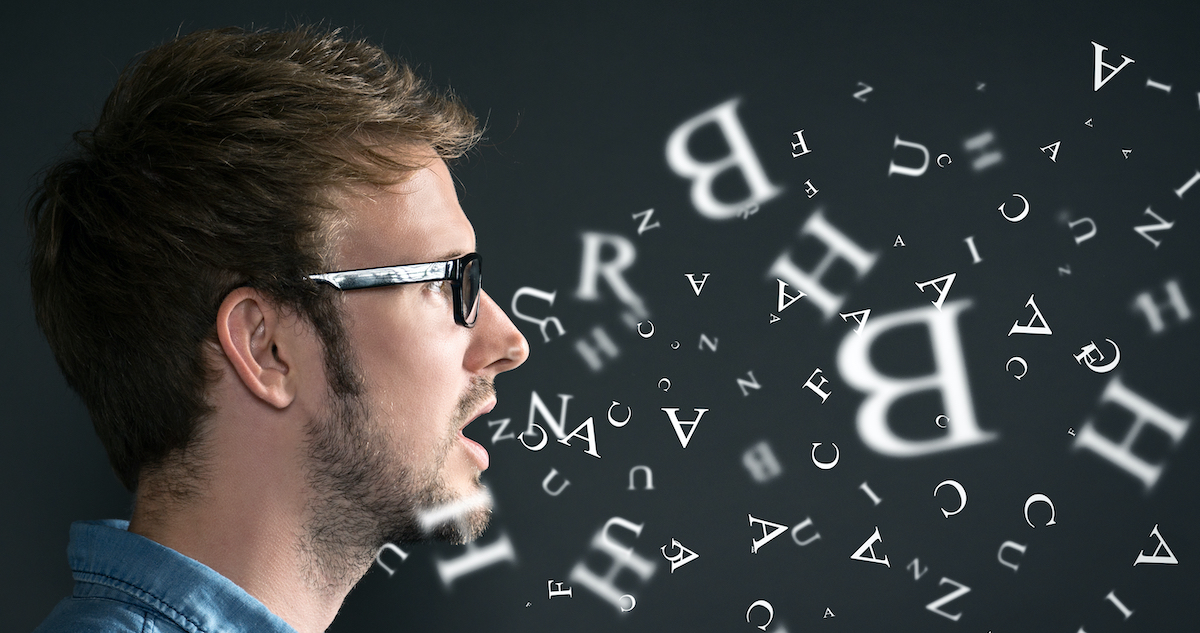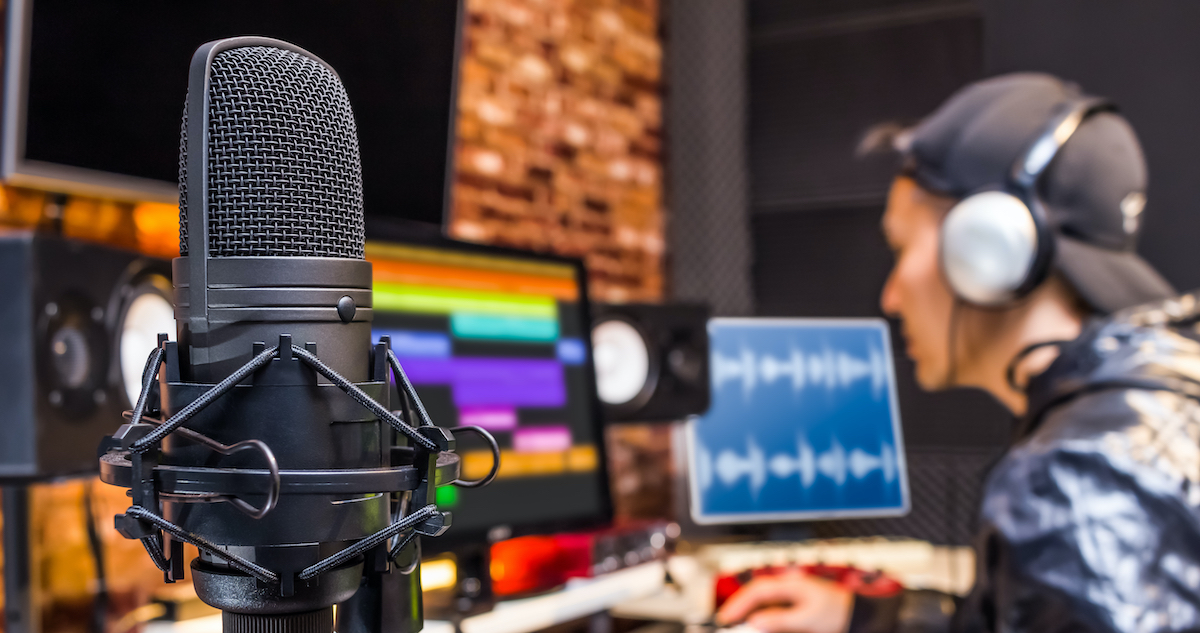Scratch tracks, you ask? Well, picture this: Your next commercial/explainer/social media video is almost ready to go live! All that’s missing is the voice over, which Dan from accounting agreed to record. Ah – the recording finally arrives. You anxiously hit play and scratch your head (excuse the pun) in confusion. The pacing and style are nowhere near what you were expecting and the timing is off. Now what?
If this is a familiar scene, we certainly commiserate. However, scratch tracks are the solution, invented for these very situations. They’re excellent ways for pro voice actors to match timing, style, pacing, and even tone to create masterpieces. So in this guide, we’ll find out what scratch tracks are, how to make them, and how to use a voice actor to record the best scratch track for your project.
Scratch tracks: what are they?
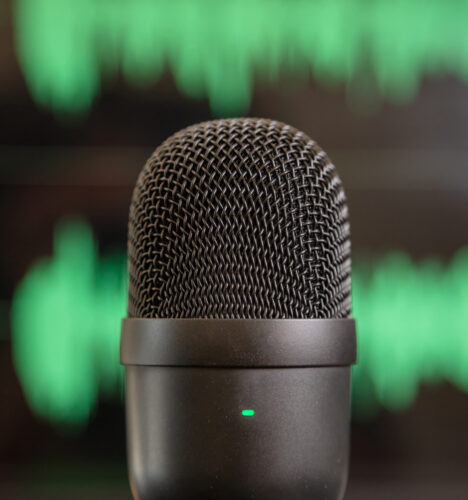
Scratch tracks function as temporary audio content placeholders for the final voice overs. They contain pace and timing details that the voice actor uses to determine their speaking.
Think of a scratch track as a guide that refines the final audio take. In the same way a writer or director uses a rough draft to create a flawless end product. It’s not the final version, but it does lead or define the final version.
Basically, you could request a voice actor for a project and send them a scratch track with the project brief. This gives the voice actor better direction on what the project requires.
Content that benefits from scratch tracks
Scratch tracks are like a vine intertwined in most audio-related content. It’s a record of scripted lines that determine a project’s logistics, timing, and more. However, most live-action sequences don’t require scratch tracks because the scene records video and audio simultaneously. Think Tom Cruise, in aviator glasses and a flight suit, walking past intimidating F-14s as he says his iconic line; I feel the need…the need for speed.
On the other hand, some projects need to record all the audio first to reduce pre and post-production issues. An example is Disney’s Luca, where the voice cast recorded their dialog at home. The scratch track, although the initial guide, was later replaced by the finalized audio versions. Director Enrico Casarosa and composer Dan Romer also explained that they wanted the final audio to “go above the scratch track.”
Scratch tracks: 4 fields that bring them to life
From casting to editing, scratch tracks wear many hats. They can help with casting choices, matching visuals to voice overs, and more.
a) If you’re a casting director, scratch tracks can help you decide which voice style, tone, and inflection best suit a character or narration.
b) If you’re an animator, you can create authentic facial expressions and gestures based on what you hear in the scratch track.
c) If you’re an editor, you’ll get precise details about dialog length to help with script adjustments and editing.
d) And finally, voice actors can record a script according to the brief because the scratch track gives them critical ideas on how to produce the final project.
Scratch tracks are not like a make-your-own herb garden. But, it is possible to record DIY scratch tracks for most projects.
How to get the perfect scratch track – use a pro voice actor
Now, it might be tempting to narrate the scratch track yourself, but this could incur higher costs later during production and editing. It can also restrict the voice actor if the audio quality doesn’t highlight the script’s key message. In comparison, voice actors are professionals, meaning they can produce a top-quality scratch track on time and within budget. Now, producers, directors, and others sometimes record their own scratch tracks as a guide for voice actors because it’s just an internal reference.
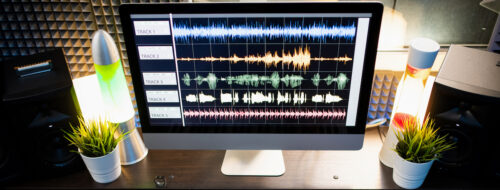
If you’re limited in resources – here are 2 steps to do a quick DIY scratch track.
1. Equipment
Fundamental items that work for most recordings are a computer, a mic, an audio interface, and DAW. However, poor sound quality detracts from the central theme and message, even in a demo version. So if you still need a sign-off on your project, rather give it more than less, and save yourself on re-recording because of distorted audio.
2. Record the scratch track as if it’s the final audio
Scratch tracks are like the blueprint for an off-plan house; it gives you a preview of the end product. With scratch tracks, you can see how lines work with timing and capture the initial energy, spontaneity, and naturalness of a first read. So it’s better to view the scratch track as if it’s the end result.
Final thoughts on scratch tracks
Essentially, a scratch track is like a wedding rehearsal. During the rehearsal, you can find out if there are extra seats for last-minute guests and the missing groomsman from last week’s bachelor party. A scratch track also gives you a sense of how a project is going. And like the rehearsal, it’s designed to be replaced because it isn’t the final voice over version. However, it helps artists, editors, animators, and others get a better idea of what a line sounds like, how long it should be, or where to make a cut.
So, now that you know how to record a good-quality scratch track, we’d wish you the best of success as you traverse the audio world. And whether you need a voice actor to record a scratch track or you want to submit your own when you post a project for free, Voice123 is an all-inclusive platform that covers all your voice over needs.
FAQs:
It’s better to be safe than sorry. A scratch track will allow you to correct possible timing issues as well as visual cues when working with video. In our experience working with both creatives and clients, scratch tracks not only prevent mistakes, they can save you money.
In our experience at Voice123, a pro voice actor knows how to pace, use the correct inflection, and establish a level of engagement that Dan from Accounting simply won’t be able to do. A pro voice actor will also be able to give you a final recording that matches all the required elements of the scratch track. Of course, it’s equally true that sometimes the scratch track is so good it doesn’t need to be re-recorded!


